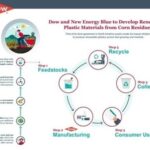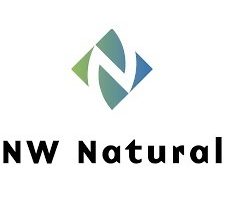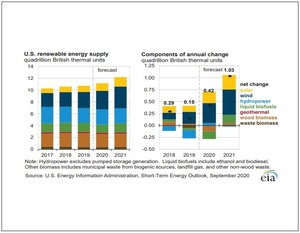New Energy Blue to construct cellulosic biorefinery in Iowa
Energy Disrupter
ADVERTISEMENT
New Energy Blue on July 20 announced plans to construct a cellulosic ethanol biorefinery that utilizes Inbicon technology on a 155-acre site near Mason City, Iowa. Construction is expected to begin next year, with commissioning scheduled to begin in 2024.
New Energy Blue acquired the exclusive rights to Inbicon’s bio-conversion technology in the Americas in 2019 and initially planned to develop its first commercial-scale project in Spiritwood, North Dakota. Thomas Corle, chairman and CEO of New Energy Blue, said the company still plans to pursue the North Dakota project in the future. He said site issues and lower feedstock supplies were the primary factors in New Energy Blue’s decision to build the Iowa plant first. The company plans to develop a total of five biorefineries over the next six years.
The Iowa plant, referred to and the New Energy Freedom facility, is expected to take in 275,000 tons of locally sourced crop residue as feedstock annually. In addition to cellulosic ethanol, the facility will also produce lignin, a solid biofuel and natural binder.
Corle said the lignin coproduct can replace oil-derived bitumen as the binder in asphalt and is expected to sell for at least $600 per ton. New Energy Blue expects to initially sell the product in Europe where requirements are in place for a 5 percent green replacement of bitumen. He also expects U.S. demand for the product to grow as federal and state governments implement new green mandates.
One fully operational, the biorefinery is expected to produce carbon-negative fuel, according to calculations made with Argonne National Laboratory’s GREET model. Half of the greenhouse gas (GHG) reductions are expected to come from replacing petroleum fuel products, with the other half resulting from sequestering soil carbons through best farming practices.
Albury Fleitas, company president, is leading the financing of the project. “We’ve gained equity and debt interests to build-out multiple refineries from private and institutional sources,” he said. “What’s more, the USDA greenlighted the project under phase-one section 9003 for a construction loan guarantee.”
Corle credits the current interest in carbon reductions as helping to move the project forward. “What we’ve been doing over the past 10 years has all of a sudden become popular,” he said, noting that investor and capital markets are seeing that carbon markets aren’t going to go away. Rather, they are only going to get stronger.
If realized, the New Energy Freedom facility will be the fourth large-scale dedicated cellulosic ethanol biorefinery developed in the U.S. The three previous projects experienced severe operational issues. Corle, however, is confident that New Energy Blue’s project will prove successful.
One reason for that confidence is the operational history of the Inbicon technology, which was tested for five years at a commercial demonstration scale in Europe. Some of the other cellulosic technologies scaled up too quickly and made mistakes as a result, Corle said.
The patented reactor system and patented infrared technology planned for the New Energy Freedom plant are expected to help overcome some of the operational issues past cellulosic biorefineries faced. Corle explained that the infrared technology enables the plant to analyze the specific makeup of each biomass bale that enters the plant, noting that the quality of biomass can vary significantly from one field to another. “You have to know what’s in that biomass coming in, and you’ve got to have a system that is going to be flexible and forgiving on what is coming in [to the plant] and be able to adjust,” Corle said. “That’s what the others did not have,” he added, noting that some of the first cellulosic plants in the U.S. weren’t prepared to deal with foreign material in the biomass and had reactors that didn’t provide enough throughput.
One reason Inbicon technology is so different is that it wasn’t initially designed to produce ethanol, Corle said. Rather, it was designed to produce clean lignin. The process is very clean, he added, noting it doesn’t use acid or other harsh inputs, which allows the technology to produce clean water at the end of the process. “Those things are very important moving into the future,” Corle said.
The announcement released by New Energy Blue notes the technology also enables the production of additional coproducts, such as the sugar substitute xylitol. The two sugars produced by the Inbicon technology as it breaks down plant fiber could also be used to produce biobased plastic materials.
















